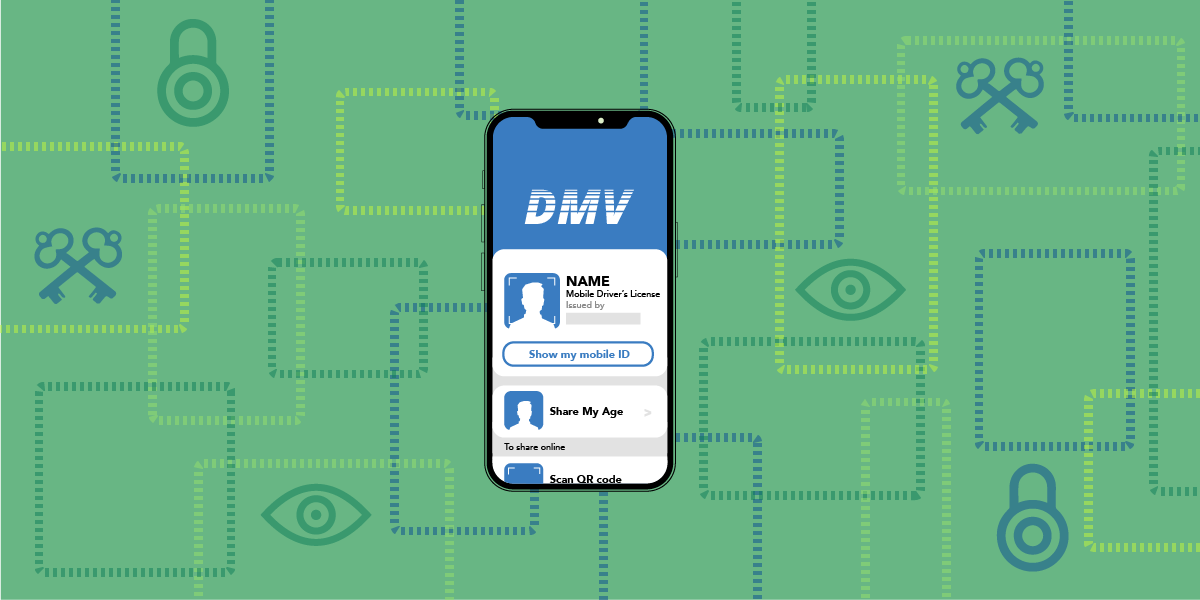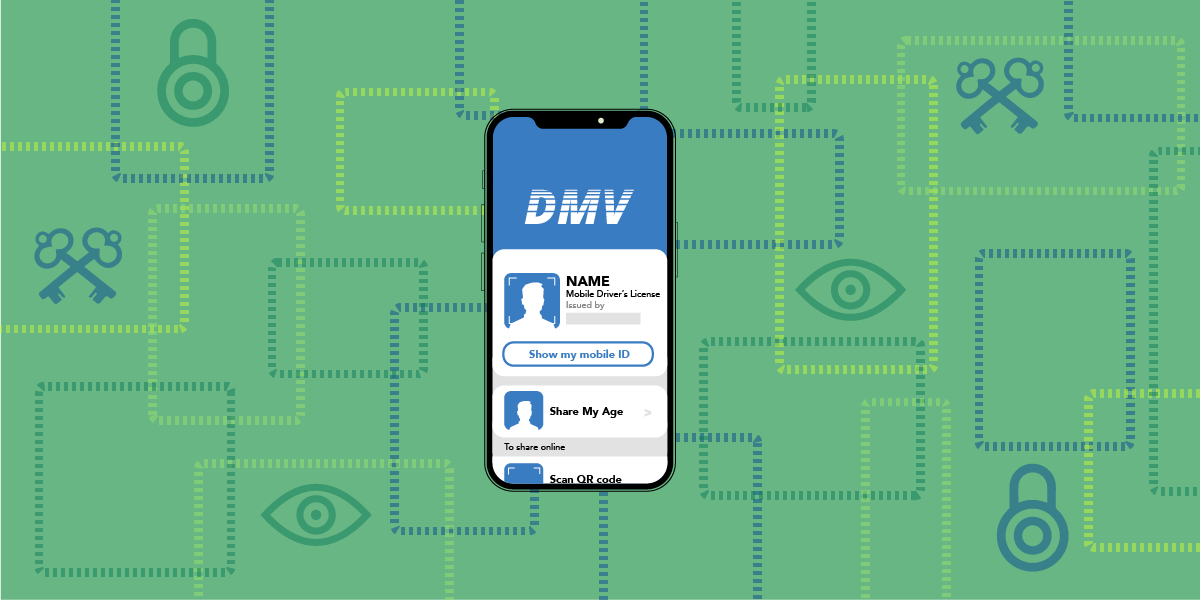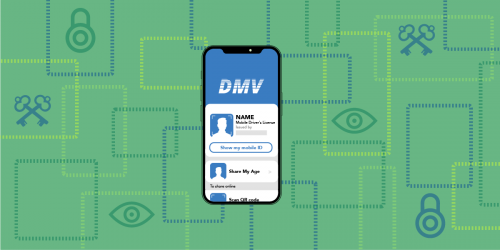After multiple delays of the REAL ID Act of 2005 and its updated counterpart, the REAL ID Modernization Act, in the United States, the May 7th deadline of REAL ID enforcement has finally arrived. Does this move our security forward in the skies? The last 20 years says we got along fine without it. There were and are issues along the way that REAL ID does impose on everyday people, such as potential additional costs and rigid documentation, even if you already have a state issued ID. While TSA states this is not a national ID or a federal database, but a set of minimum standards required for federal use, we are still watchful of the mechanisms that have pivoted to potential privacy issues with the expansion of digital IDs.
But you don’t need a REAL ID just to fly domestically. There are alternatives.
The most common alternatives are passports or passport cards. You can use either instead of a REAL ID, which might save you an immediate trip to the DMV. And the additional money for a passport at least provides you the extra benefit of international travel.
Passports and passport cards are not the only alternatives to REAL ID. Additional documentation is also accepted as well: (this list is subject to change by the TSA):
- REAL ID-compliant driver's licenses or other state photo identity cards issued by Department of Motor Vehicles (or equivalent and this excludes a temporary driver’s license)
- State-issued Enhanced Driver's License (EDL) or Enhanced ID (EID)
- U.S. passport
- U.S. passport card
- DHS trusted traveler cards (Global Entry, NEXUS, SENTRI, FAST)
- U.S. Department of Defense ID, including IDs issued to dependents
- Permanent resident card
- Border crossing card
- An acceptable photo ID issued by a federally recognized Tribal Nation/Indian Tribe, including Enhanced Tribal Cards (ETCs)
- HSPD-12 PIV card
- Foreign government-issued passport
- Canadian provincial driver's license or Indian and Northern Affairs Canada card
- Transportation Worker Identification Credential (TWIC)
- U.S. Citizenship and Immigration Services Employment Authorization Card (I-766)
- U.S. Merchant Mariner Credential
- Veteran Health Identification Card (VHIC)
Foreign government-issued passports are on this list. However, using a foreign-government issued passport may increase your chances of closer scrutiny at the security gate. REAL ID and other federally accepted documents are supposed to be about verifying your identity, not about your citizenship status. Realistically, interactions with secondary screening and law enforcement are not out of the realm of possibility for non-citizens. The power dynamics of the border has now been brought to flying domestically thanks to REAL ID. The privileges of who can and can’t fly are more sensitive now.
REAL ID and other federally accepted documents are supposed to be about verifying your identity, not about your citizenship status
Mobile Driver’s Licenses (mDLs)
Many states have rolled out the option for a Mobile Driver's License, which acts as a form of your state-issued ID on your phone and is supposed to come with an exception for REAL ID compliance. This is something we asked for since mDLs appear to satisfy their fears of forgery and cloning. But the catch is that states had to apply for this waiver:
“The final rule, effective November 25, 2024, allows states to apply to TSA for a temporary waiver of certain REAL ID requirements written in the REAL ID regulations.”
TSA stated they would publish the list of states with this waiver. But we do not see it on the website where they stated it would be. This bureaucratic hurdle appears to have rendered this exception useless, which is disappointing considering the TSA pushed for mDLs to be used first in their context.
Google ID Pass
Another exception appears to bypass state issued waivers, Google Wallet’s “ID Pass”. If a state partnered with Google to issue mDLs, or if you have a passport, then that is acceptable to TSA. This is a large leap in terms of reach of the mDL ecosystem expanding past state scrutiny to partnering directly with a private company to bring acceptable forms of ID for TSA. There’s much to be said on our worries with digital ID and the rapid expansion of them outside of the airport context. This is another gateway that highlights how ID is being shaped and accepted in the digital sense.
Both with ID Pass and mDLs, the presentation flow allows for you to tap with your phone without unlocking it. Which is a bonus, but it is not clear if TSA has the tech to read these IDs at all airports nationwide and it is still encouraged to bring a physical ID for additional verification.
A lot of the privilege dynamics of flying appear through types of ID you can obtain, whether your shoes stay on, how long you wait in line, etc. This is mostly tied to how much you can spend on traveling and how much preliminary information you establish with TSA ahead of time. The end result is that less wealthy people are subjected to the most security mechanisms at the security gate. For now, you can technically still fly without a REAL ID, but that means being subject to additional screening to verify who you are.
REAL ID enforcement has some leg room for those who do not want or can’t get a REAL ID. But the progression of digital ID is something we are keeping watch of that continues to be presented as the solution to worries of fraud and forgery. Governments and private corporations alike are pushing major efforts for rapid digital ID deployments and more frequent presentation of one’s ID attributes. Your government ID is one of the narrowest, static verifications of who you are as a person. Making sure that information is not used to create a centralized system of information was as important yesterday with REAL ID as it is today with digital IDs.









